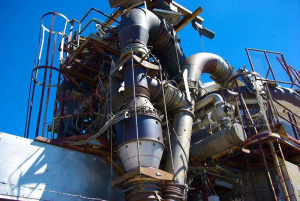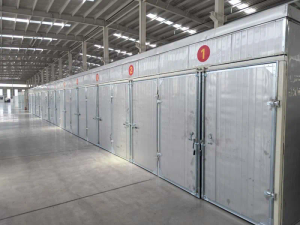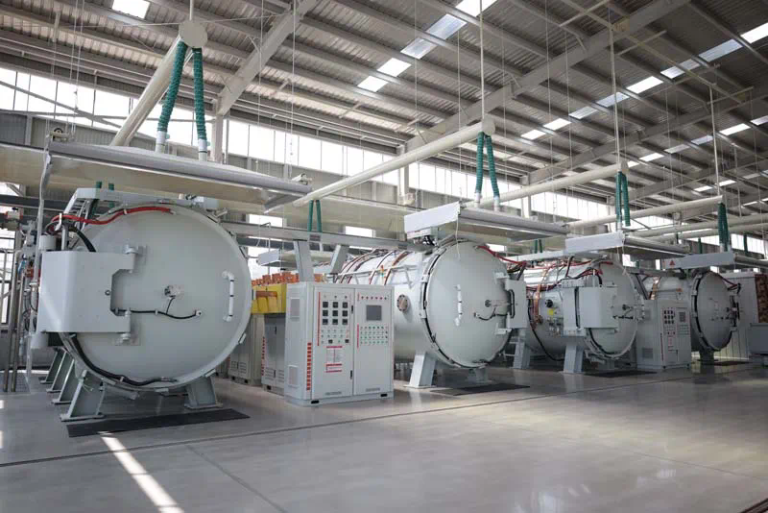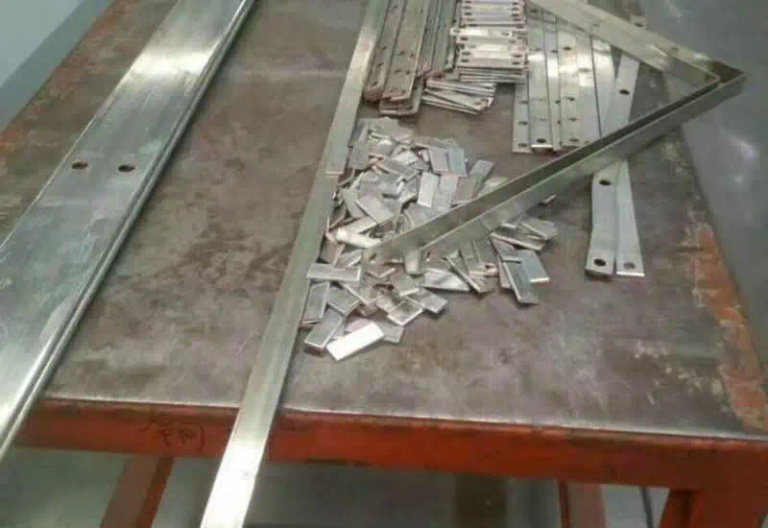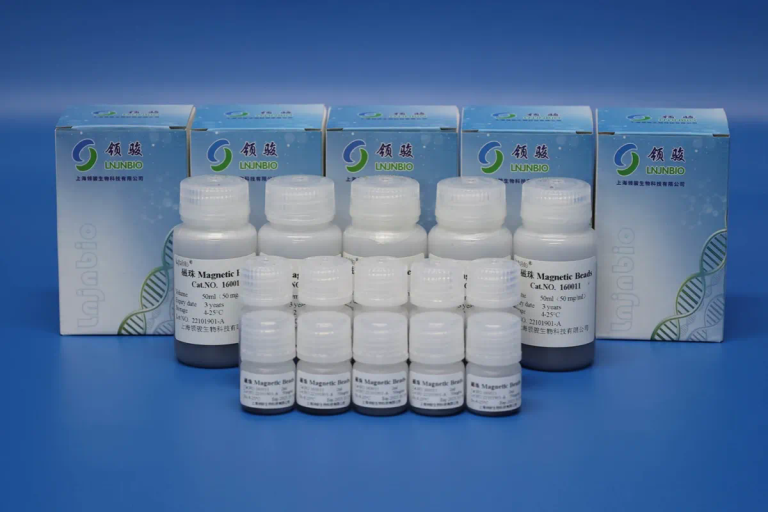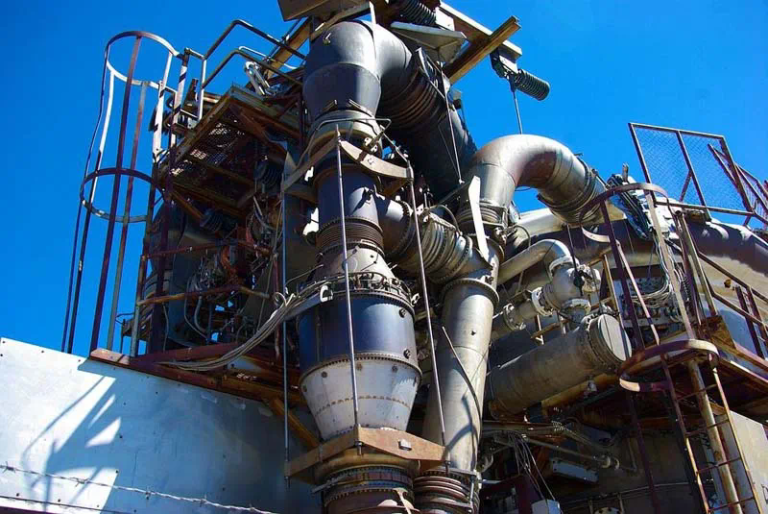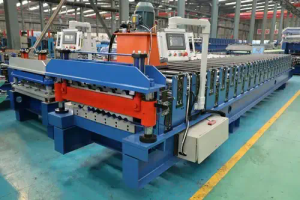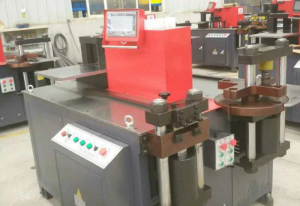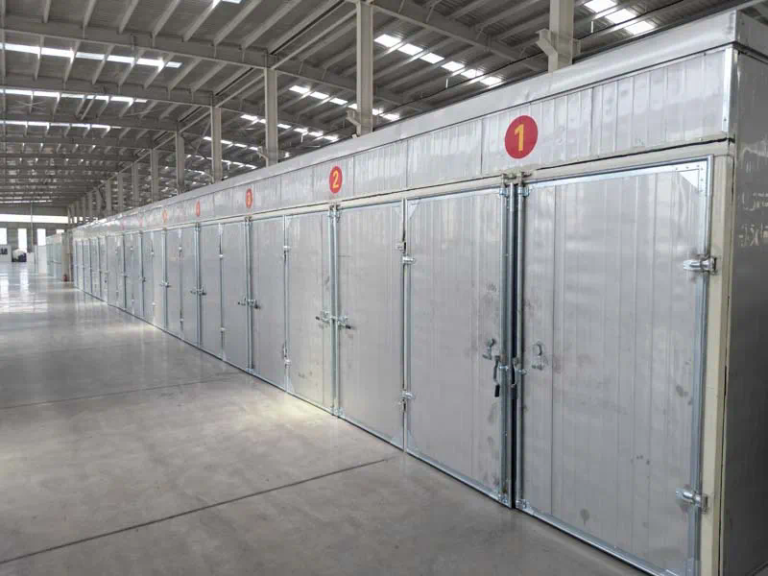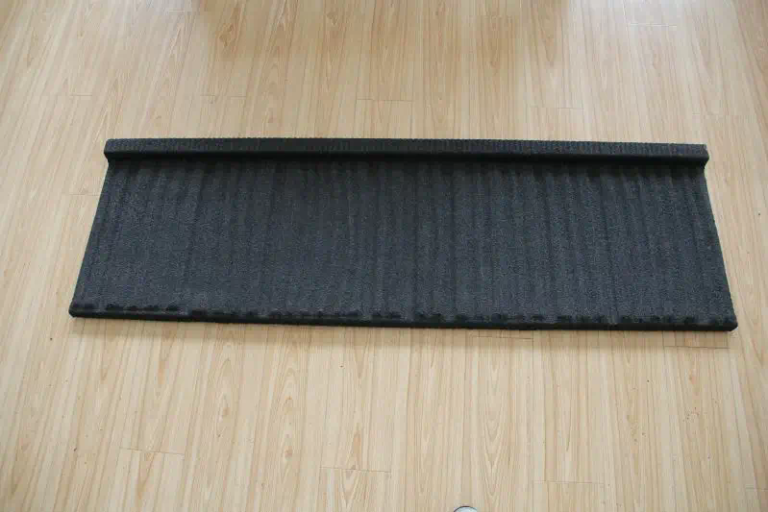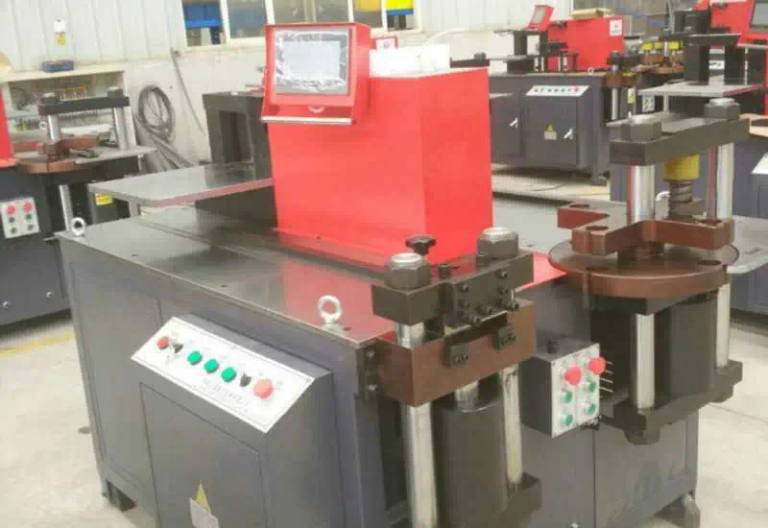CNC programming, short for Computer Numerical Control programming, is a crucial skill in the manufacturing industry. From novice operators to seasoned experts, understanding the fundamentals of CNC programming is essential for achieving precision, efficiency, and quality in machining processes.
At its core, CNC programming involves creating a set of instructions that control the movement and operation of CNC machines. These machines use computerized controls to precisely cut, shape, and finish raw materials into finished parts or products. Whether it’s milling, turning, drilling, or grinding, CNC programming allows manufacturers to automate and optimize their production processes.
The Basics of CNC Programming
For beginners in CNC programming, learning the basics is the first step towards mastery. Understanding the key components of CNC programming, such as G-codes and M-codes, is essential for creating accurate and efficient machining programs.
G-codes, or geometric codes, are used to command specific movements, speeds, and feeds during the machining process. These codes dictate actions such as tool positioning, tool changes, spindle speed adjustments, and coolant on/off functions. On the other hand, M-codes, or miscellaneous function codes, control auxiliary functions like turning the machine on or off, changing tool offsets, and stopping the spindle.
Programming Tools and Software
As CNC programming has evolved, so have the tools and software used to create and optimize machining programs. Modern CNC programming software offers advanced features such as simulation capabilities, toolpath optimization, and error checking functions.
Popular CNC programming software packages like Mastercam, Fusion 360, and SolidCAM provide users with intuitive interfaces for designing parts, creating toolpaths, and generating code for CNC machines. These tools enable programmers to visualize the machining process, identify potential issues, and make necessary adjustments before running the program on the shop floor.
Advanced Techniques and Strategies
Expert CNC programmers go beyond the basics to explore advanced techniques and strategies that enhance productivity and quality. One such technique is parametric programming, which allows programmers to create flexible, reusable code by defining variables and equations within the program.
Another advanced strategy is the use of macros and subroutines to streamline programming tasks and reduce errors. By creating custom macros for repetitive operations or complex calculations, programmers can save time and improve consistency in their machining programs.
Optimizing Toolpaths and Cutting Strategies
Efficient toolpath generation and cutting strategies are critical in CNC programming to minimize cycle times, reduce tool wear, and achieve superior surface finishes. Advanced CAM software offers features like high-speed machining, adaptive clearing, and trochoidal milling to optimize toolpaths and maximize cutting efficiency.
By selecting the appropriate cutting strategies based on the material, tooling, and machine capabilities, CNC programmers can significantly improve machining performance and overall productivity. Experimenting with different toolpath options and cutting parameters allows programmers to fine-tune their programs for optimal results.
Simulation and Verification
Before executing a CNC program on a machine, it is essential to simulate and verify the program to ensure accuracy and safety. Simulation software allows programmers to visualize the machining process, detect collisions, and validate toolpaths before production runs.
Verification tools built into CNC programming software perform extensive checks to identify errors, inconsistencies, and potential issues in the program. By simulating the entire machining process and verifying the program against the CAD model, programmers can address any issues proactively and avoid costly mistakes on the shop floor.
Continuous Learning and Improvement
Like any technical skill, CNC programming requires continuous learning and improvement to stay current with industry trends and technological advancements. Engaging in training programs, attending workshops, and exploring new software tools are essential for CNC programmers to expand their knowledge and expertise.
Networking with peers, joining online forums, and participating in user groups can also provide valuable insights and best practices for CNC programming. By staying curious, proactive, and open to learning, CNC programmers can evolve from novices to experts in the field.
In conclusion, mastering the fundamentals of CNC programming is a journey that requires dedication, practice, and a willingness to learn. From understanding basic G-codes to implementing advanced cutting strategies, CNC programmers play a crucial role in driving efficiency and innovation in the manufacturing industry. By embracing new technologies, honing their skills, and continuously seeking improvement, CNC programmers can excel in their craft and contribute to the success of their organizations.


